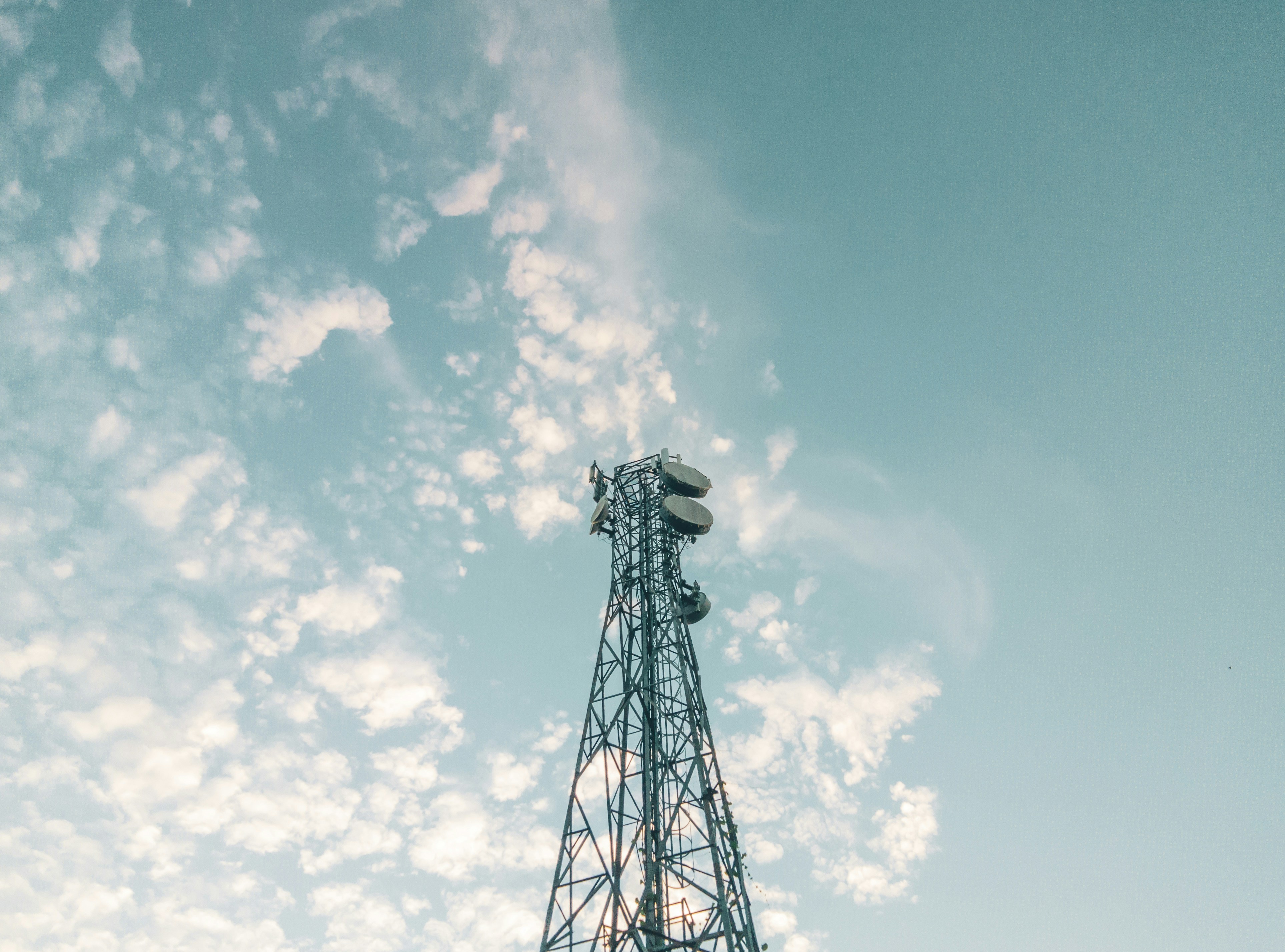Electric power towers are one of the indispensable infrastructures in the power transmission and distribution system, serving to support transmission lines and distribution equipment. Angle steel, as a main component of electric power towers, has parameters and characteristics that significantly impact the stability and reliability of the tower. This article will explain and analyze the parameters of angle steel for electric power towers to help readers more comprehensively understand the structure and performance of electric power towers.
The model and size of angle steel for electric power towers are basic parameters in the design and manufacture of electric power towers. Common angle steel models include national standard hot-rolled angle steel and national standard welded angle steel, with models such as L50x50, L63x63, 175x75, etc. These models indicate the side length of the angle steel, with larger sizes indicating stronger load-bearing capacity. The thickness of the angle steel is also an important factor affecting its load-bearing capacity, with common thicknesses including 4mm, 6mm, etc. When designing a tower, it is necessary to select the appropriate angle steel model and size based on the required load and wind pressure.
The material and strength grade of angle steel play a decisive role in the structural strength and wind resistance of electric power towers. Common angle steel materials include ordinary carbon structural steel and low-alloy high-strength structural steel, such as Q235 and Q345. Q235 angle steel has good weldability and processability, suitable for most transmission lines and distribution substations; Q345 angle steel has higher strength and good plastic toughness, suitable for towers with high compression resistance and wind load. According to the strength grade of angle steel, it can be divided into grade A and grade B, where grade A refers to angle steel with lower strength, and grade B refers to angle steel with higher strength.
Angle steel in electric power towers is usually assembled using welding or bolt connection methods. Welding connection melts various angle steels together to form an integral structure, and the quality of the welding point directly affects the overall strength and stability of the tower. Bolt connection fastens various angle steels together with bolts, requiring the use of an appropriate number and specification of high-strength bolts and nuts, and tightened with torque to ensure a firm connection. In the choice of angle steel connection method, it is necessary to comprehensively consider factors such as the tower’s load and height to meet the requirements of structural strength and rigidity.
Since electric power towers are usually exposed outdoors for a long time, they are susceptible to oxidation corrosion and atmospheric erosion. Therefore, it is very important to carry out corrosion protection treatment on angle steel for electric power towers. Common corrosion protection measures include hot-dip galvanizing, cold galvanizing, and painting. Hot-dip galvanizing immerses angle steel in molten zinc to form a uniform zinc-iron alloy protective layer, providing good corrosion resistance; cold galvanizing coats a layer of zinc powder on the surface of angle steel, forming a protective layer through electrochemical reaction, which is lower in cost compared to hot-dip galvanizing; painting uses spraying technology to apply special anti-corrosion paint on the surface of angle steel, which can provide a certain level of corrosion resistance and beautify the appearance. The choice of appropriate corrosion protection measures needs to be comprehensively considered based on the tower’s operating environment and service life.
In summary, the parameters and characteristics of angle steel for electric power towers are crucial to the stability and reliability of the tower. In the design and manufacture of electric power towers, it is necessary to reasonably select the angle steel model and size, material and strength grade, as well as connection methods and corrosion protection measures. By providing appropriate parameters and corresponding analysis, readers can more comprehensively understand the importance and characteristics of angle steel for electric power towers. In practical applications, it is also necessary to select and design angle steel based on specific circumstances to ensure the safe and reliable operation of electric power towers.
